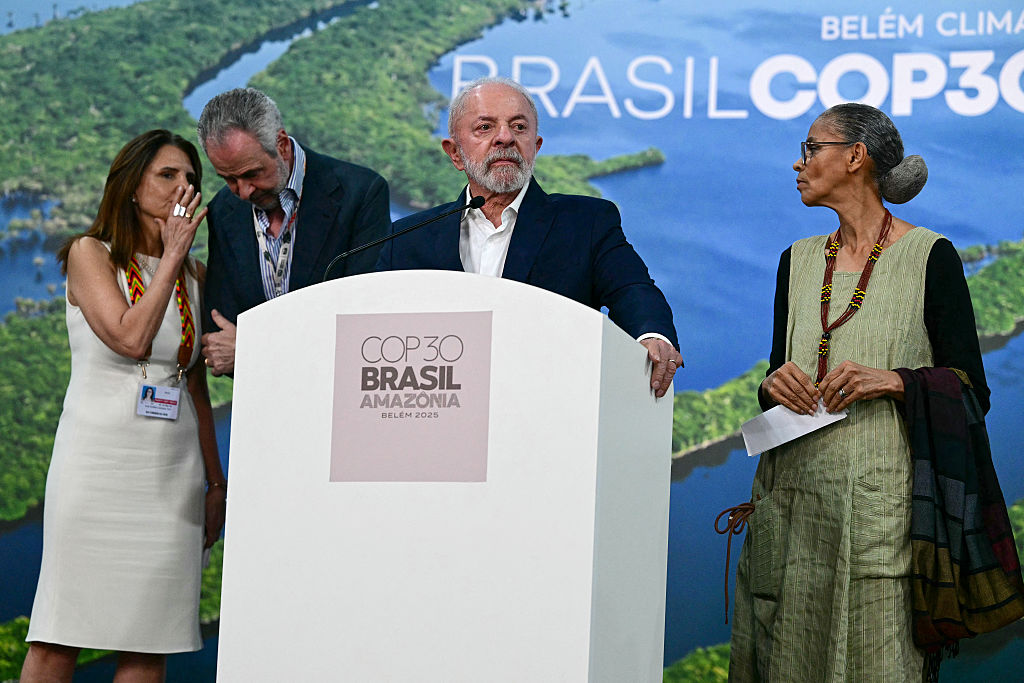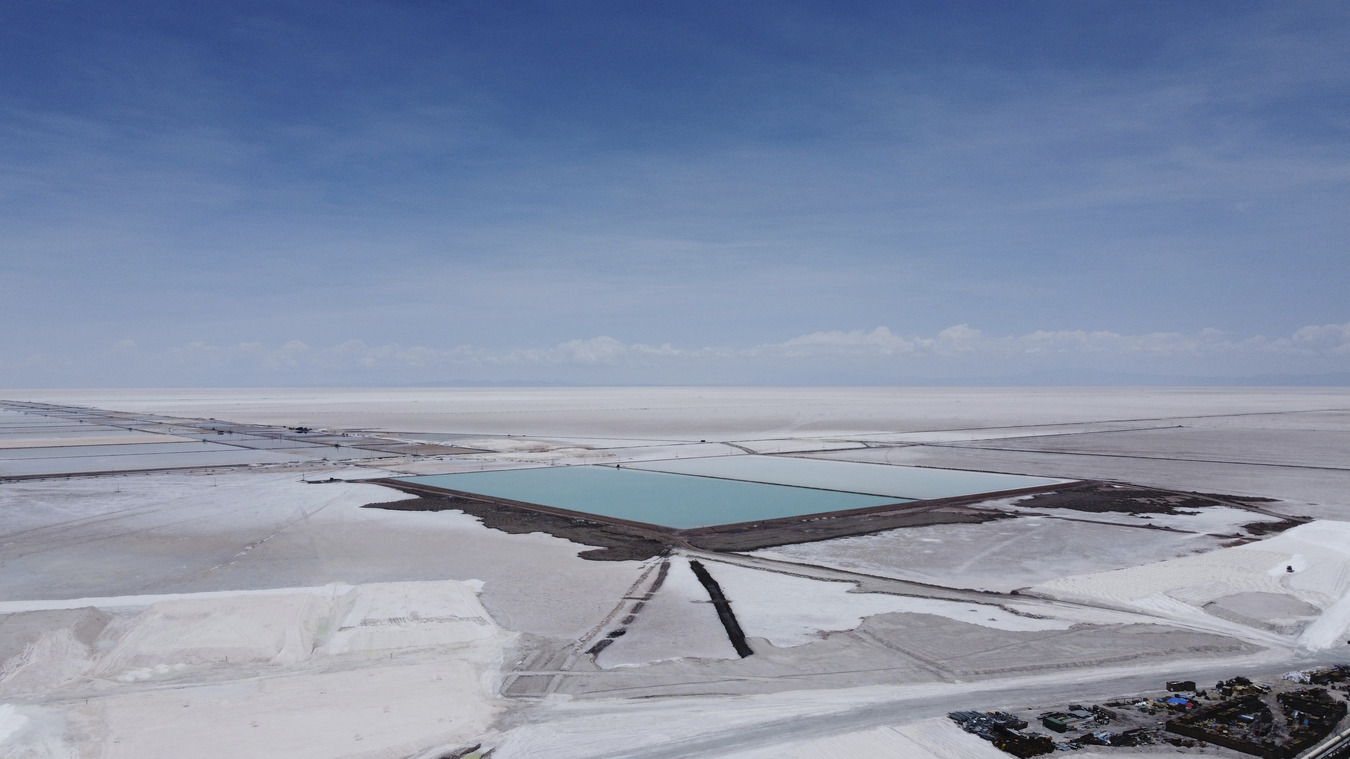Trees Versus Technology
Trees Versus Technology
With its vast tropical forests, Latin America can greatly benefit from efforts to limit deforestation, writes COA's Nicole Spencer in Poder.
With the exception of Brazil and Mexico and the loud posturing of Venezuela’s Hugo Chávez and friends, Latin American countries were effectively silent at the United Nations Global Climate Conference in Copenhagen in December. Yet for much of Latin America and the developing word, an issue that largely escaped media fanfare could nonetheless give a major boost to the region’s efforts to address climate change. The unequivocal endorsement in the “Copenhagen Accord” of the reduction of emissions from deforestation and degradation, or REDD, is a significant achievement, one of the few to emerge from the negotiations. It should not be overlooked by observers.
Deforestation is responsible for nearly 20 percent of global greenhouse gas emissions, more than emissions from the transportation sector. Every year the world loses around 13 million hectares of forest, roughly equal to the size of Nicaragua. Significantly curbing one of the world’s largest sources of greenhouse gases would do much to reduce overall emissions.
Tropical forests play an important role in mitigating climate change. They are thought of as “carbon sinks” because they absorb carbon dioxide from the atmosphere. When these forests are cut, the carbon dioxide they have been storing is released. In addition to sucking up carbon, forests are home to countless plant and animal species as well as basic resources such as fresh water. Different from most other efforts to reduce emissions, reducing deforestation is relatively cost-effective because it doesn’t require investment in new technology. And for that reason, it can be implemented now.
Under a REDD program, developing countries would be paid for the carbon they save by reducing deforestation. Putting a monetary value on forests allows countries to benefit from their natural resources without having to destroy them. According to the World Bank, tropical forests might even be worth more for their carbon storage capacity than as pasture land, say, or timber. And for developed countries, carbon credits generated through the REDD program would expand the opportunities to purchase lower-cost international offsets, which they would need to meet emissions reductions targets (if commitments are agreed to). The idea behind the Clean Development Mechanism, created under the Kyoto Protocol, was just this—to provide financial incentives to developing countries to reduce their emissions while also making carbon credits available for purchase by developed countries. But the CDM does not include avoided deforestation.
With more than half of the world’s tropical forests, Latin America has much to gain from a global REDD program. Even though Latin America generates only about 12 percent of global greenhouse gases, nearly half of Latin America’s emissions are from deforestation. Interest in reducing deforestation in Latin America is growing, the result of factors such as increasing public support for environmental protection, international pressure, rising ecotourism, and greater opportunities for international funding, among others. Many countries are already taking steps to reduce deforestation or have expressed a willingness to do so. Among them, Costa Rica stands out as a model in forest preservation, having drastically reduced illegal logging and forest fires over the past couple decades. Paraguay passed a “Zero Deforestation Law” in 2004. A recent report by the Americas Society/Council of the Americas noted that at the end of 2008, Brazil for the first time committed to a target for stemming deforestation, pledging to cut the rate by more than half over 10 years. Other countries, such as Peru, have asked the international community for funding to help them preserve their forests. Despite these initiatives, Latin America is still losing about 4.5 million hectares of forest every year, almost the size of the Dominican Republic. Much more must be done.
Reducing global emissions will require substantially cutting deforestation. REDD would provide incentives for Latin America and the developing world to preserve their forests while—ideally—also helping developed countries meet their emissions reduction targets with cheaper offsets. The task now is to continue the momentum coming out of Copenhagen to finalize the details and begin the work of building an effective global REDD program.








